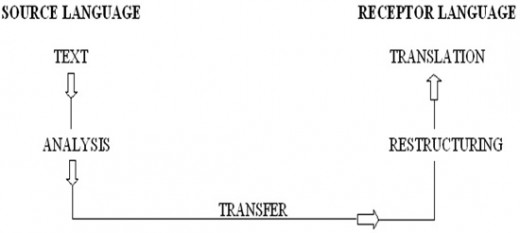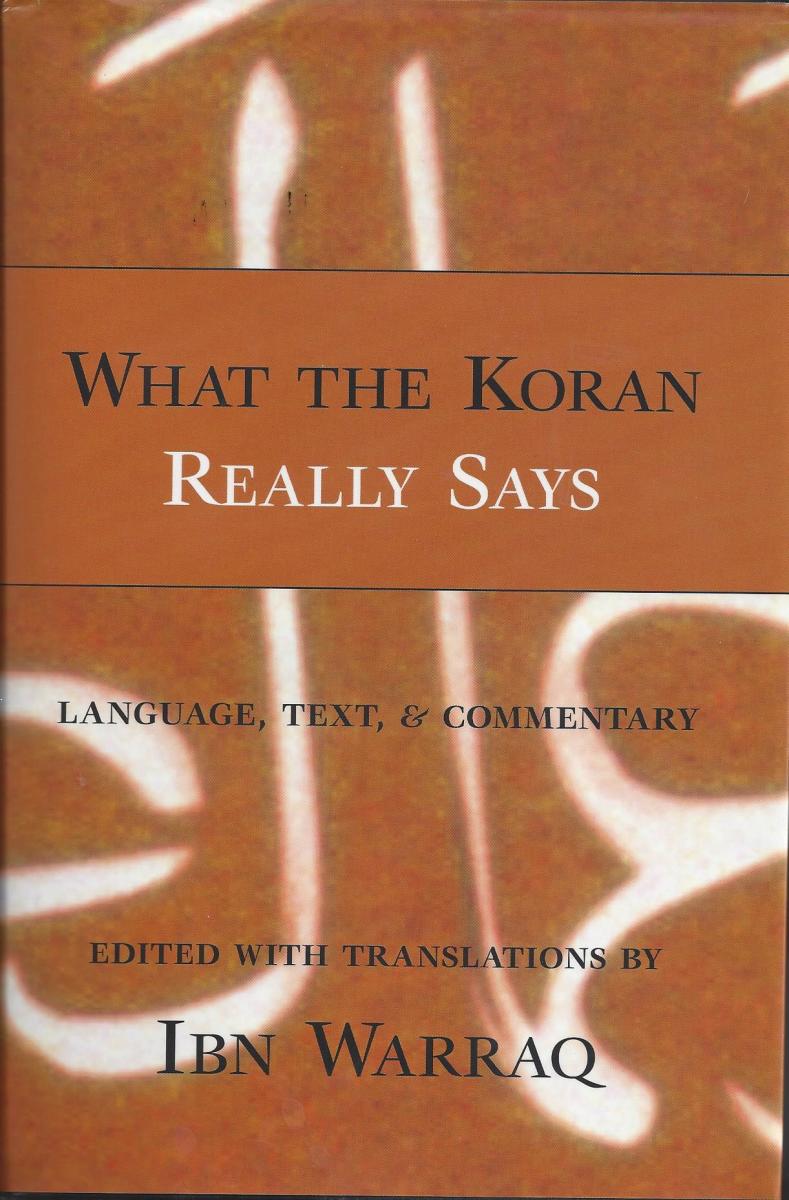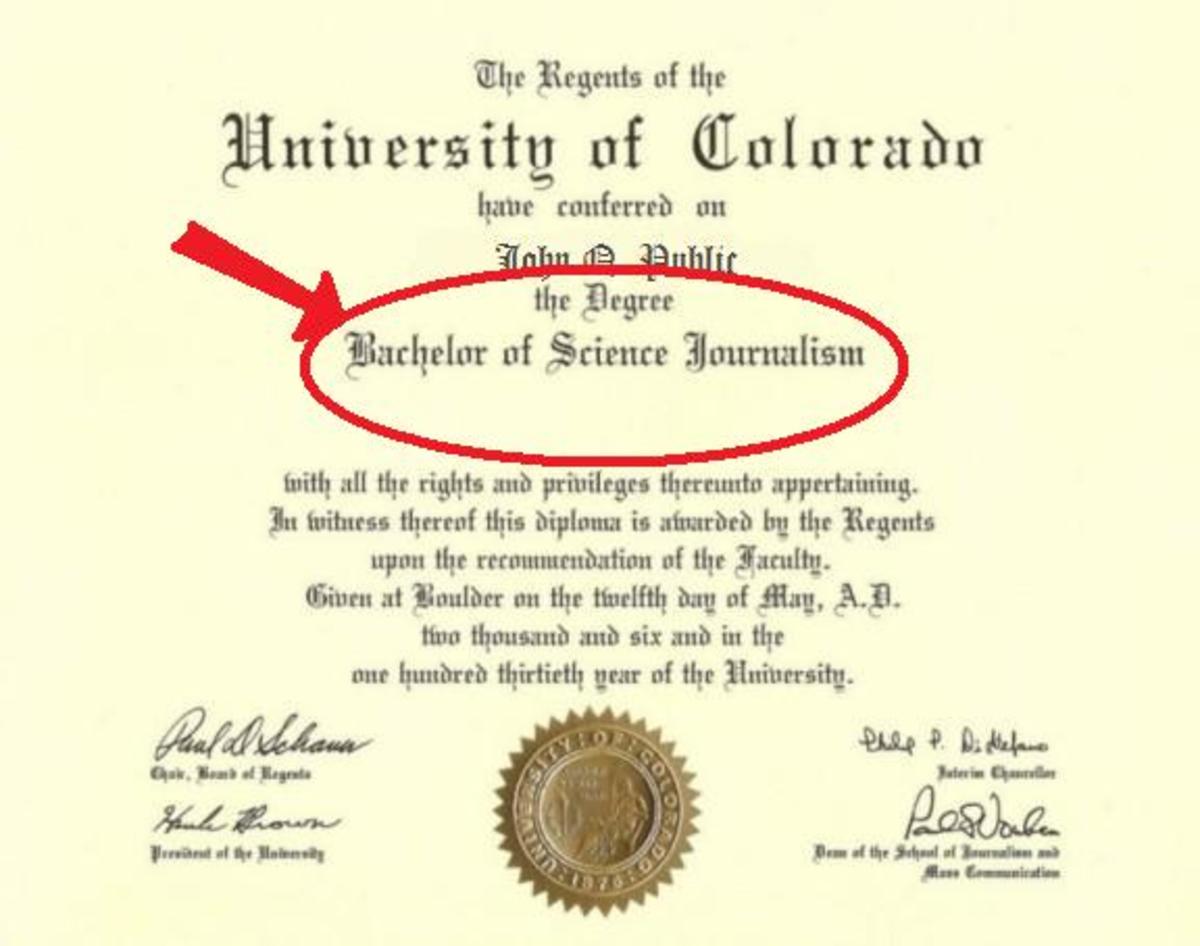All what you need to know about translation.

The Roman translators paid more attention to the Target language reader and did not subordinate themselves to the original (Source language) text slavishly. Cicero and Horace were among the well-known Roman translators, who were interested in translating Greek literature into Latin. The view of both Cicero and Horace concerning translation had such a great influence on the successive generations of translators that some thought of translation, as a Roman invention. For Horace and Cicero, the translator’s main duty consisted in attempting to produce a target language version according to the principle of “sense for sense” not “word for word”: ‘non verbum de verbo, sed sensum experimere de sensu’.
During the Umayyad era, in the reign of Abd al-Malik bin Marwan (685-705), and his successor Al-Waleed bin Abd Al-Malik (705-715), books on medicine, chemistry and astronomy were translated from Greek and Coptic into Arabic. During the Abbasid Caliphate (from 750 till the fall of Baghdad at the hands of Mongols in 1258), translation acquired a very important status. The Caliphs al-Mansur, Al-Rasheed, and Al-Ma’moon (813-833 AD) in particular, were enthusiastic supporters of translation not only from Greek, but also from Persian, Syriac and Hindu languages into Arabic. Books on medicine, philosophy, astronomy, mathematics, logic, music, and engineering were translated into Arabic.
Al-Jahid, (An Arabian Scholar of the 10th century), suggested some very important theoretical principles that are echoed later in the writings of many European scholars and are still valid in our modern times. He said that a translator should have excellent knowledge of the content to be translated, as well as excellent knowledge of the language he translates from and the language he translates into. He was perhaps the first scholar to encourage specialized translation, as he asked the translator to focus on a certain scientific domain and language so as to intensify his knowledge and experience, and produce better quality output instead of being dispersed in many directions. He was also aware of the cultural difficulties of translation when he classified the translation of religious texts as the most difficult ones. Concerning the translation of poetry, Al-Jahid said that the translators should be a poet so as to be able to render the original poem. This same suggestion is made by Sir John Denham and John Dryden in the 17th century, and Roman Jakobson in the 20th century.
The twentieth century was described as ‘The age of translation’ because there was a huge translation movement all over the world. For example, in 1967, translations were being made from about 80.000 scientific journals (Newmark: 3). In the second half of the twentieth century a considerable amount of academic works and studies on translation were published. A large number of departments of translation were established in many universities in different parts of the world. Machine Translation (MT) too appeared in the 1950S and developed in the later decades. These systems were producing poor quality output with many errors and much vagueness. It is widely believed nowadays that MT will always need human translators’ intervention, to edit and correct the machine’s output. This has led to coining two relevant terms: Computer-Aided Translation (CAT), or Machine-Aided Translation (MAT). It is also presumed that CAT can be more useful when used with certain types of texts such as scientific and technical registers (weather forecasts, press information, etc. (Naji & Moawwad, 2002). A large amount of theoretical studies appeared some which were linguistics-oriented (translation theories), some were literature-oriented (translation-studies). In the second half of the twentieth century, scholars from all over the world tackled the many questions related to translation. They expressed different views on many important issues and aspects of translation; and often took controversial stands concerning much theoretical issues.
The term ‘Translation’ originally comes from Latin, signifying ‘carried across’. An adjective is derived from it ‘Translational’, and an adverb ‘Translationally’. The term translation has more than one meaning. It has been associated with a method of teaching foreign languages, in which teachers use the student’s mother tongue for explaining the foreign language meanings. In translation researches and theoretical studies, it is used to refer to the mechanism involved in the process of translation a text from one language into another language, which according to Nida, (who probably was influenced by Goethe’s explanation of the three steps involved in translation). A- Analysis of the ST meaning. B- Establishing equivalence between ST elements and TL elements in terms of words, structure, style, overall meaning, etc. C- Restructuring or rewriting the new TT according to TL conventions rules.
Translation is inter-related with questions of meaning. And the first thing a translator tries to do is to analyze and understand the meaning of the ST. The question of meaning is not a straightforward one. Semantics and Linguists have often emphasize the fact that the ‘noun’ meaning and the verb ‘to mean have different significations (Lyons, 1978). Grammatical meaning implies syntagmatic relations (structural, co-textual, syntactic relations within a syntagm). It is also associated with deictic (non-lexical) items (Such as: here, there, now, then, I, you, etc.), that do not have a specific dictionary meaning, but their meanings are context-dependent.
The differences in genders!
Different languages differ in gender. The word ‘Moon’ in English is feminine but the ‘Sun’ is masculine. Whereas in Arabic, for example, it is the other way around as ‘Moon’ is masculine and ‘Sun’ is feminine. The word ‘Life’ is feminine in Arabic, but it is masculine in Czech! The noun ‘River’ is masculine in Arabic but it is feminine in Greek. Such differences can become problematic in translation when gender is contextually relevant or is used with a symbolic meaning. In general, there is no distinction between masculine and feminine nouns in the modern English language. It exist in the old one, Old English had gender marking which disappeared later. Gender is sometimes reflected by different nouns that refer to people or animals that can be masculine, neutral or feminine. Some feminine English names are derived from the masculine from by the addition of the suffix –ess: actor-actress, prince-princess.

Translators sometimes imitate ST structures and impose them on the TT. Different languages have different syntax and grammar systems which should be carefully handled in terms of equivalent grammatical structures. A sentence which is complex in the SL may become compound in the TL, or be divided into more than one sentence. On the other hand, more than one sentence in a SL may be merged into one sentence in the TL. Translators should not imitate the original structure unless equivalence is achieved in such similar.
- Translation of Journalistic texts.
Journalistic English register is a variety of English associated mainly with newspapers, but the term journalism is in face a general term that includes a variety of different journalistic genres and styles such as: news stories, editorials, interviews, reports, weather forecasts, etc. Media texts are in fact hybrid in nature, and include various styles (argumentative, narrative, exposition, instruction). And use many verbal and non-verbal resources (written language, graphic design, pictures, colors, print, layout, etc.).
- Translation of Political texts.
Political texts like journalistic texts are evaluative, and charged with connotations. Political texts cover a variety of issues such as elections, political parties, political programmes, power relations, political upheavals and instability. Political terms and expressions constitute another important area of difficulties encountered in translation. This is the outcome of the culture-specific political situations, and how language resources are manipulated to express different ideological perspectives and achieve the communicative goals of certain parties.
- Translation of managements and administration texts.
Management and administrations are strongly related to the domain of economics and business, yet it has developed its special jargon and expressions that require accurate handling as many of them have metaphorical implications, and some terms have even reveres the original literal meaning.
- Translation of literary texts.
Literature consists of many genres: narrative, drama, and poetry. The function of literary language is not reference to external realities (information), but rather artistic and reference to its own literary (imaginative) worlds. In works of literature (whether poetry, drama, or fiction), form and style acquire significant importance. The literary artistic features in poetry include rhyme, rhythm, alliteration, assonance, onomatopoeia, metaphor, simile, onomatopoeia, personification, pun, parallelism, deviation, etc.
© 2016 Rola Maher Abboud








